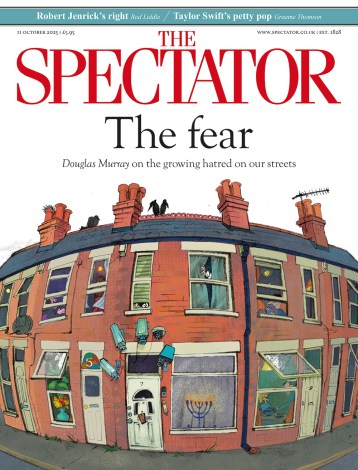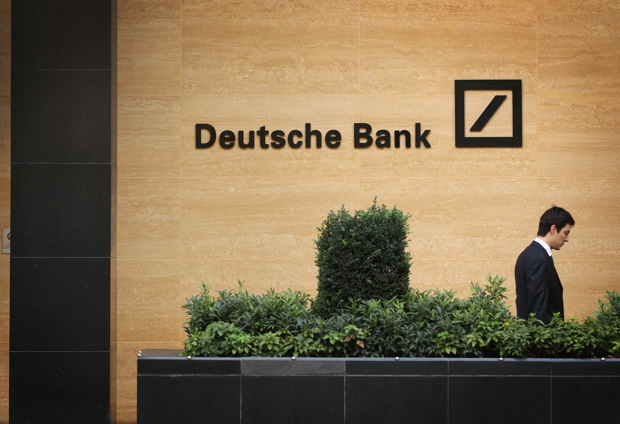A new European banking crisis. Seriously? Starting at Deutsche Bank? That’s the way markets were pointing on Tuesday as Deutsche’s shares plunged, inter-bank liquidity shrivelled, would-be investors in bank bonds hid in the toilets and speculative short-sellers did the work of the devil. And we all know there’s no smoke without fire, right?
Let’s pause for thought here. The clue to whether Deutsche is ‘rock-solid’ (as its British chief executive John Cryan asserts) or tottering is in its name. Can anyone seriously imagine the German state and corporate establishment allowing the bank that bears their country’s name to go down? Of course they won’t.
The worst that’s at stake here is suspension of the coupon (interest payments) on Deutsche’s €1.75 billion of ‘cocos’, or contingent convertible bonds — instruments designed as loss-absorbing buffers, of which more in a moment — out of a total of some €50 billion of Deutsche bonds of all kinds in issue. But even that suspension is a remote possibility, adamantly denied by Cryan.
As for European banks generally, they have been re-regulated, re-capitalised and stress-tested over the past five years until they begged for mercy. That doesn’t mean they haven’t also been building up high-risk lending again as borrowers have continued to take advantage of low interest rates; nor that they have completed vital restructurings to cut out dangerous trading activities; nor that they have rebuilt public trust.
So in this febrile mood, profits, provisions and capital ratios will be avidly scrutinized for signs of weakness in annual results announcements (the big UK banks all report shortly). But as sober pundits were already saying yesterday, there’s an over-reaction afoot, and when it calms down we’ll see where potential problems really lie.
Meanwhile, Deutsche’s story tells us more about investor psychology than about the health of German banking. Investors long for the days of the ‘Greenspan Put’: the era in the 1990s and early 2000s when they relied on US Fed chairman Alan Greenspan to cut rates and exercise magic calming powers whenever unforeseen turbulence threatened them with losses. Now, investors are petrified by almost everything central banks and regulators do — except print money through Quantitative Easing. A long-expected quarter-point rate rise by today’s Fed chief Janet Yellen started the current rout, because investors know asset prices had been artificially boosted by QE and must fall as rates rise.
Further rate rises are on hold for the foreseeable future — the investors, by signalling panic, won that round of spoof. But now they’re also signalling fear of a rate move in the opposite direction, into negative territory — which they see as a signal of anti-deflationary desperation.
And they are clearly petrified by their holdings of bank-issued ‘cocos’, which everyone thought a good idea at the time and which were sold with attractive yields. Now some cocos may actually be called upon to do what they were designed to do and take losses or convert to devalued equity, with no hint of taxpayer underpinning: and investors may drive down coco prices until that risk becomes self-fulfilling.
Back to the beginning. A European-wide banking crisis? No: that’s a wild misreading of a sudden eruption of market nerves. Unfinished business in the banking sector; serious problems out there somewhere? Certainly, so let’s not be complacent. But trouble is far more likely to be lurking in southern Eurozone states, or even in France, than it is in a bank that carries the name of and reputation of Germany.







Comments